Spider Plants, or also called Airplane Plants, are propagated from a baby plant that were cut from their mother plant or parent plant.
Spider Plant propagation is easy as once these baby Spiderettes are taken care of with its favorable conditions, they will grow into mature Spider Plants.
These lovely plants are considered fast-growing plants, but if yours is not growing, then you are most likely experiencing some common issues of Spider Plants.
Most likely, the causes of the stunted growth in Spider Plants are inadequate watering and lack of proper light conditions.
Using the wrong soil or forgetting to repot your indoor plant can also lead to stunted growth. Finally, a pest infestation, even if rare, could also be a problem.
By providing adequate plant care and the ideal conditions for its environment, you can prevent your plant from suffering.
- Related article: Spider Plant Care Indoor
But in case the damage has already been done, it’s still possible to revive your Spider Plant if you act quickly.
1. Sunlight Issues: Move the Spider Plant
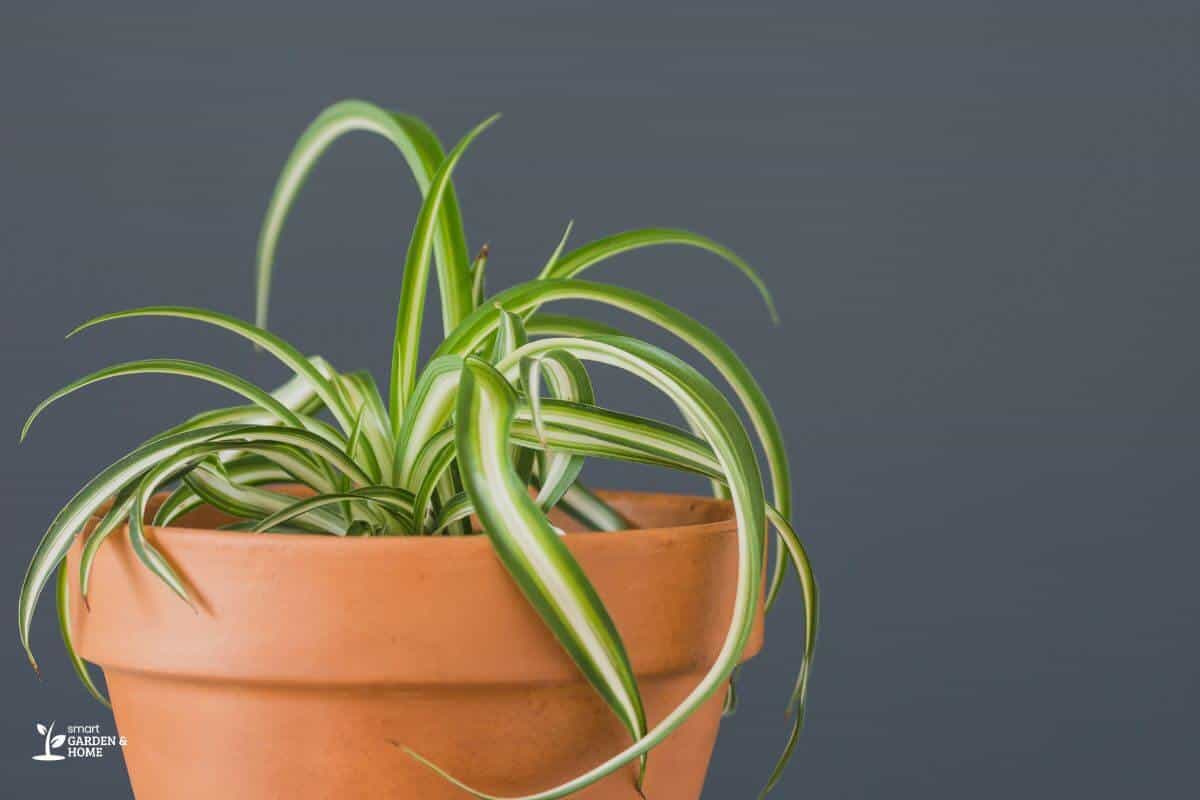
Providing the right amount of natural light indoors for Spider Plants is one of the most common issues.
If the plant doesn’t get enough indirect light, it will stop growing and eventually die, while excessive levels of light will burn its leaf tips and turn them brown.
If your plant has been in a dark corner of the house, it’s time to move it to an area where it can get a few hours of bright, indirect sunlight daily.
Avoid exposing it to direct sunlight as these plants in nature grow in full or partial shade.
Once your Spider Plant is getting the optimum light it needs, it should start growing quickly.
Just keep in mind that due to the increase in the intensity of light and heat, your plant might need to be watered more frequently.
2. Soil Issues: Choose Well-Draining Soil
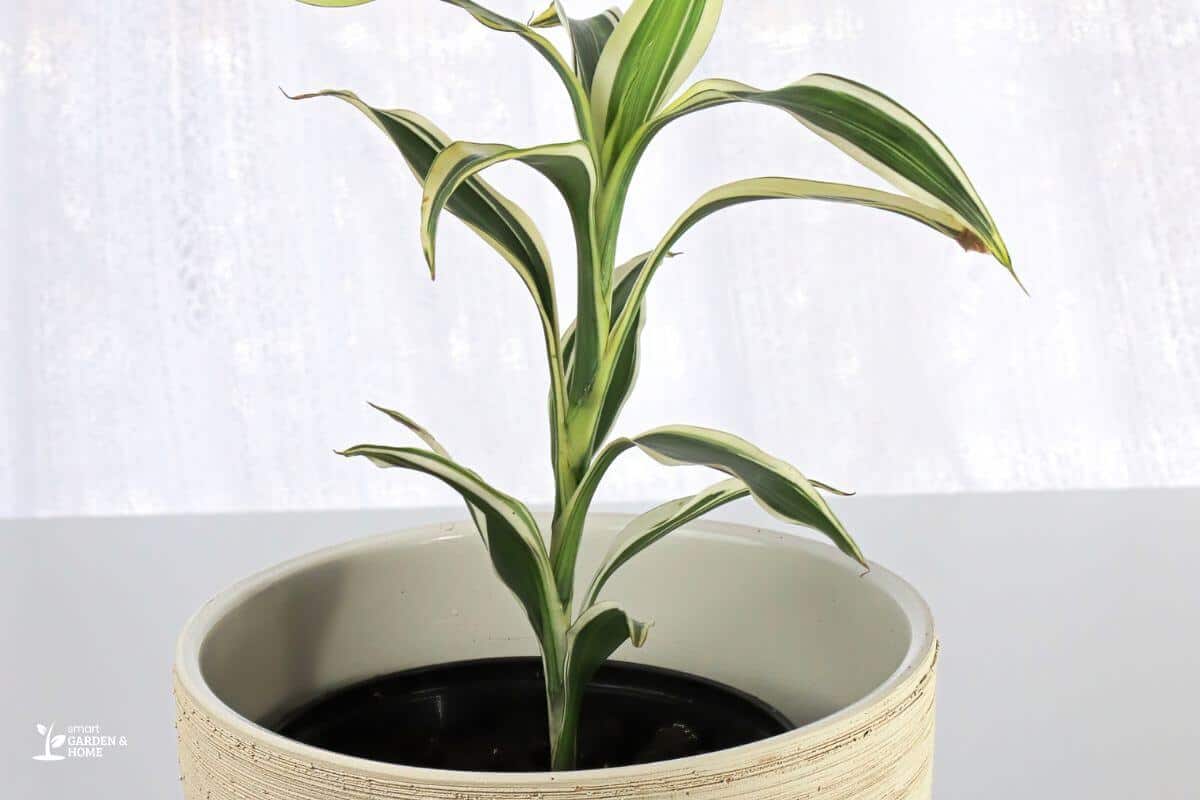
The indoor plant soil mix you’re using is very important for the overall health of the plant.
For Spider Plants, it’s important to use a well-draining potting soil mix, or the roots will be constantly wet. This can potentially lead to root rot, stunted growth, and the death of the plant.
Check that the well-draining potting soil mix you’re using isn’t too dense and that water passes through quickly.
If you’re unsure, you can repot your Spider Plant using a mix of general-purpose or organic potting soil, perlite, and pumice.
Learn more about What Is the Best Soil for Spider Plants.
3. The Spider Plant Is Pot-Bound: Repot
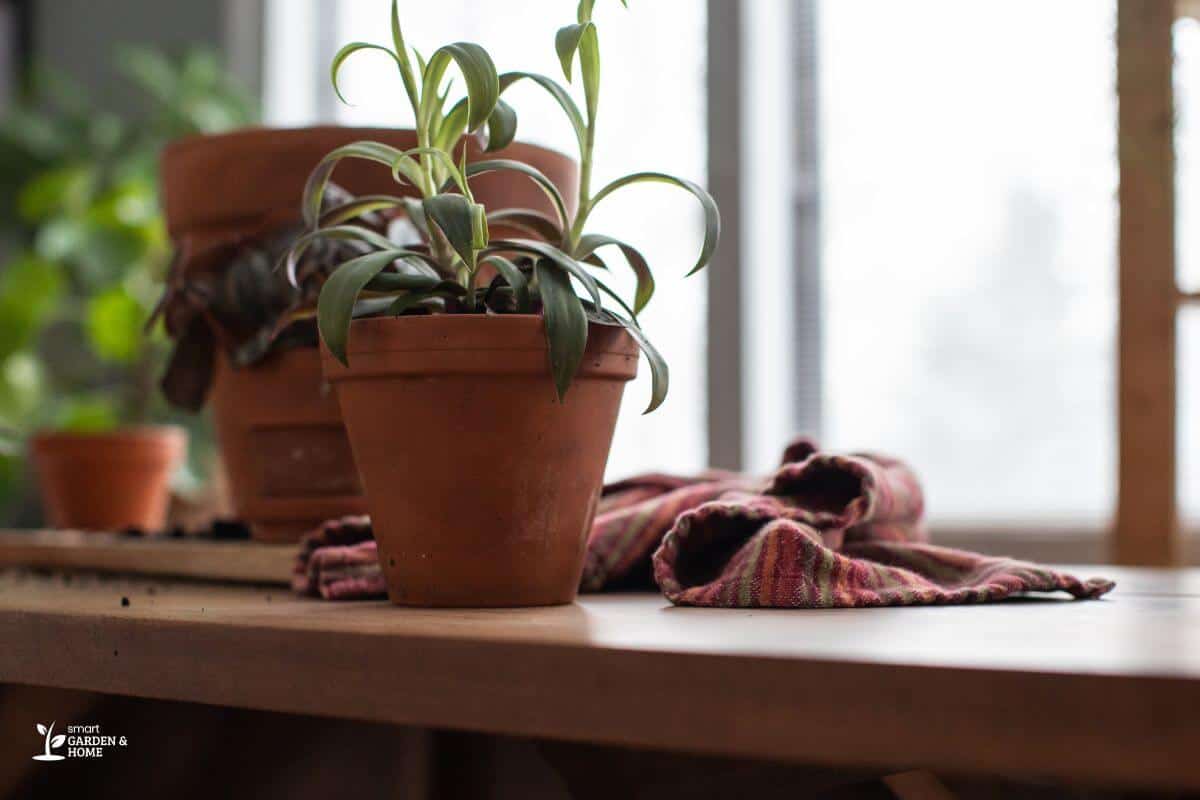
As Spider Plants grow fast, it’s easy for them to become pot-bound. This occurs when the plant roots have grown so much that they have taken over most of the space in the pot.
As the root-soil ratio increases, the plant isn’t able to absorb enough nutrients to keep growing.
If you notice roots growing out of the draining holes or emerging on top of the soil, it’s definitely time to repot.
When repotting, avoid choosing a much bigger pot, thinking you’ll be able to repot less often.
Spider Plants enjoy being slightly root-bound and a pot that is too large will also retain more water and potentially cause problems.
Choose instead a pot that is just a few inches larger than the current one. The material it’s made of is not very important, but it should always have drainage holes.
4. Watering Issues: Adjust Watering Schedule
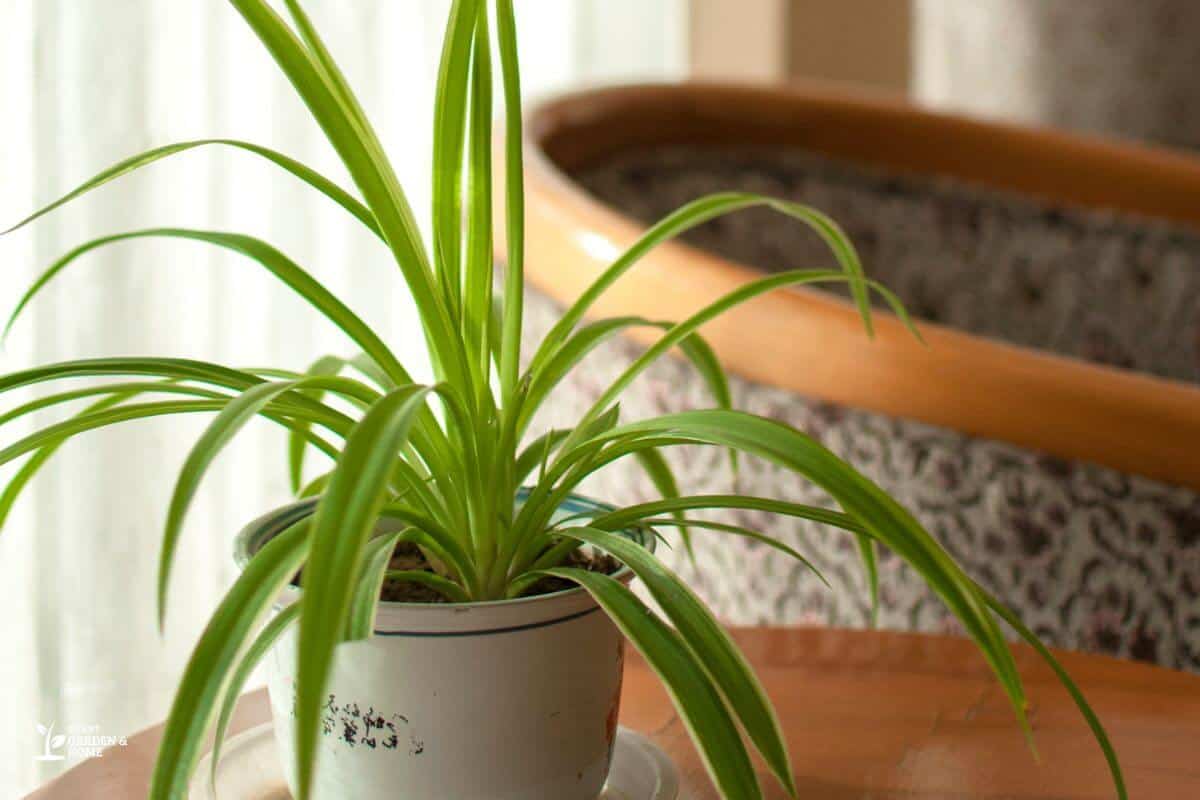
Problems can arise from improper watering, both from watering too much and not enough watering. Spider Plants are prone to root rot, which can be provoked by overwatering.
If the plant is watered too frequently, the soil will always be saturated with water, creating the ideal environment for the pests that cause root rot.
If not treated in time, this condition can lead to the roots becoming mushy and foul-smelling and eventually dying.
Spider Plants are drought tolerant, but prolonged lack of watering can result in stunted growth and drying out.
To address an overwatered Spider Plant, the initial step is to repot it with the proper soil.
To salvage a Spider Plant with damaged roots, it is possible to remove the affected ones and retain the healthy ones. Using sanitized tools and washing the roots is crucial.
To alleviate the negative effects of insufficient watering, it is recommended to immerse the plant in water for an hour and subsequently allow excess water to drain.
It may require multiple repetitions, but the plant should have the ability to recuperate.
Proper watering can prevent the same problem from occurring again—the perfect time to water your Spider Plant would be every time the top few inches of soil are dry.
5. Insect Issues: Treat with Neem Oil
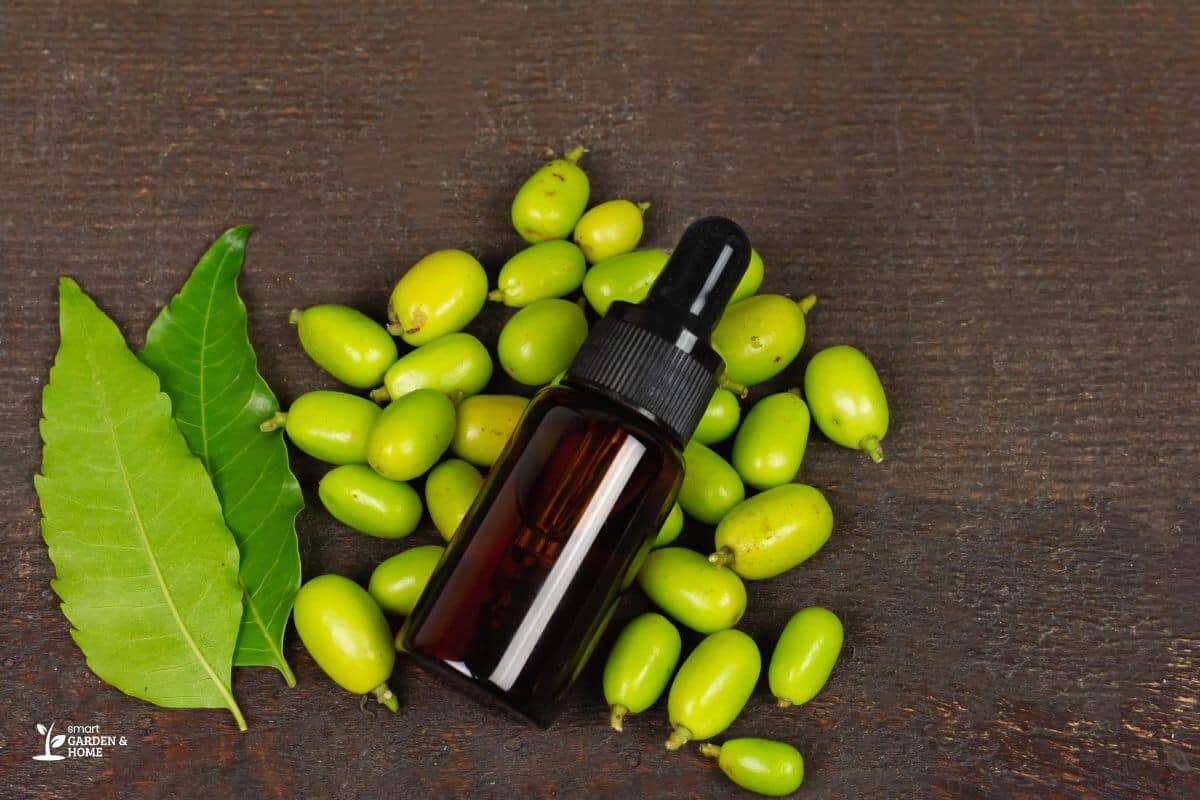
Spider Plants don’t normally get attacked by pests, but it is possible.
They are pretty resistant plants but sometimes, infestations of heavy feeders of plants such as Mealybugs, Aphids, or Spider Mites can cause such damage that it can stop the growth in Spider Plants.
By looking out for signs of their presence, you can prevent the problem from becoming too serious.
Holes in the leaves, tiny brown spots, white webbing, and a sticky substance are all clear signs that something must be done.
Sometimes, it’s also possible to spot the little clusters of insects attached to the underside of the leaves.
There are various methods available to eliminate bugs, with some being tailored to the particular species.
One method to eliminate insects from plants is to rinse them with water or insecticidal soap.
For more significant infestations, Neem oil can be used. This non-chemical remedy is ideal to kill pests and prevent future attacks in a way that won’t harm your plant or the environment.
Final Thoughts on Spider Plants Not Growing
Spider Plants may require additional attention to support their growth, despite being generally considered low-maintenance plants.
Spider Plants may experience growth problems or stress due to factors such as insufficient light, excessive watering, or insufficient fertilization.
By implementing these gardening tips and addressing any relevant concerns, you can promote the growth and vitality of your Spider Plant, making it a valuable addition to your indoor plant collection.
Providing additional care and attention can assist in the growth and maintenance of a Spider Plant, allowing it to thrive and retain its distinctive appearance over an extended period!
Check out these interesting reads to know more facts about Spider Plants:
- Spider Plant Bottom Leaves Turning Yellow
- Spider Plant Root Rot Signs
- My Spider Plant Is Dying What Do I Do
- Spider Plant Not Doing Well
- Spider Plant Is Drooping
Sources:

